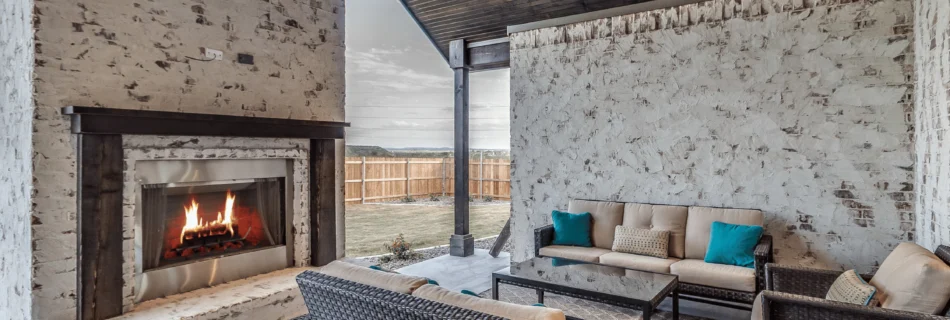Year-Round Enjoyment: Designing Functional Outdoor Spaces for All Seasons
As a construction company owner, you understand the importance of creating functional and aesthetically pleasing outdoor spaces for your clients. But have you considered the benefits of designing outdoor spaces that can be enjoyed year-round? By incorporating elements that are suitable for all seasons, you can create outdoor areas that will attract clients and increase the value of their properties. In this blog post, we will discuss how to design outdoor spaces that can be used and enjoyed in every season.
Choose durable materials:
When designing outdoor spaces for year-round enjoyment, it is crucial to select materials that can withstand changing weather conditions. Opt for materials such as stone, concrete, and composite decking that are durable and require minimal maintenance. These materials will ensure that the outdoor space remains functional and attractive throughout the year.
Incorporate heating elements:
To make outdoor spaces more comfortable during colder months, consider adding heating elements such as fire pits, patio heaters, or even an outdoor fireplace. These features not only provide warmth but also create a cozy atmosphere that encourages clients to spend time outdoors even when the temperatures drop.
Create sheltered areas:
In order to protect clients from extreme weather conditions such as rain or strong winds, it is important to design sheltered areas within the outdoor space. This could include pergolas, awnings, or covered patios that provide protection while still allowing clients to enjoy the outdoors.
Include versatile furniture:
To make outdoor spaces suitable for all seasons, choose furniture pieces that are versatile and weather-resistant. Look for materials such as teak or aluminum that are durable and can withstand sun exposure, rain, and snow without deteriorating. Additionally, consider investing in pieces that can easily be rearranged or stored away during inclement weather.
Add greenery and landscaping:
To enhance the beauty of outdoor spaces throughout the year, incorporate greenery and landscaping elements such as trees, shrubs, flowers, and grasses. These plants not only add color and texture but also provide shade during hot summer months and privacy from neighboring properties.
Conclusion
Designing functional outdoor spaces for all seasons requires careful planning and consideration of various factors such as materials, heating elements, sheltered areas, furniture selection, and landscaping. By incorporating these elements into your designs as a construction company owner, you can create outdoor spaces that are not only attractive but also practical and enjoyable year-round for your clients. Embracing this approach will set your construction company apart from others by offering unique solutions that cater to clients’ needs regardless of the season.…



